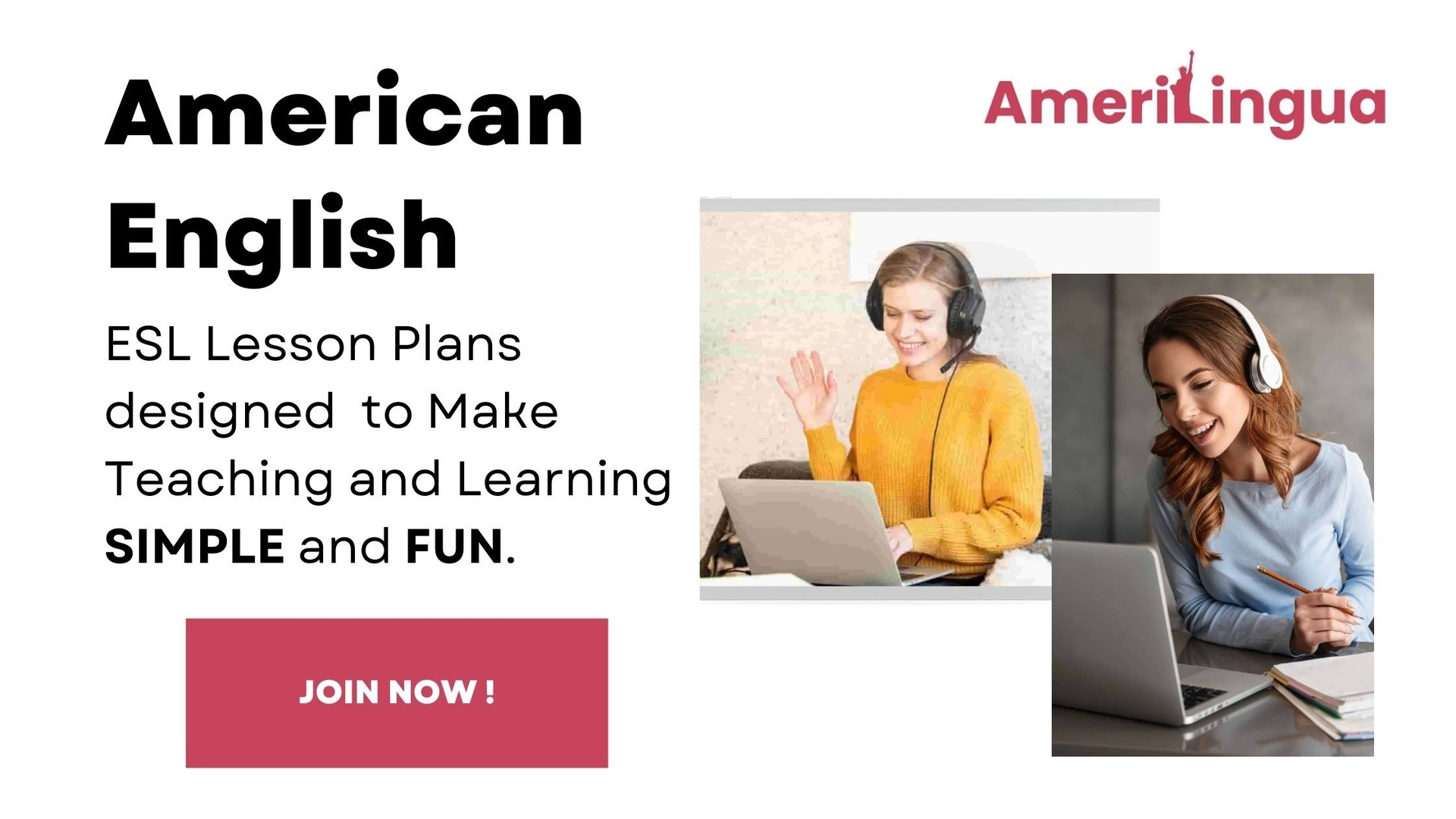8:57 PM How to Build Engaging ESL Lessons That Actually Work | |

When I first started teaching English as a second language, I quickly realized that energy, enthusiasm, and a strong grasp of grammar weren’t enough. My students needed structure, variety, and content that actually connected with their real lives. The turning point came when I started using high-quality esl lesson plans that were not only well-organized but adaptable to different age groups and proficiency levels. Whether you're teaching in a traditional classroom, tutoring online, or leading informal community classes, having a reliable framework for your lessons makes all the difference. In this post, I’ll share what I’ve learned over the years—how to build engaging ESL lessons that stick, why pre-made lesson plans are worth it, and how to tweak them to suit your unique teaching style. Why Good Lesson Planning Is Non-NegotiableIf you've ever walked into a classroom without a plan and tried to wing it, you probably already know how that ends. Students get confused, the flow of the lesson breaks down, and you leave feeling like you didn’t deliver your best. Good ESL lesson planning does more than outline what you'll teach. It ensures you:
With a well-thought-out plan, students stay engaged, and you feel more confident navigating any surprises that come your way. What Makes an ESL Lesson Plan Effective?An effective lesson plan isn’t just a checklist. It should:
Whether you’re creating your own or relying on curated esl lesson plans, these features are essential. Many ready-made plans I’ve used come with grammar explanations, vocabulary lists, speaking prompts, comprehension questions, and even multimedia tools to keep lessons dynamic. Should You Create Your Own or Use Pre-Made ESL Lesson Plans?This is a question I’ve heard from many new ESL teachers: should I spend time crafting every lesson from scratch, or is it okay to use pre-made materials? The truth is, there's no shame in using high-quality pre-made esl lesson plans—especially when you're short on time or teaching multiple levels. The key is not to use them blindly but to personalize them. Here’s how I do it:
You save time while still delivering meaningful lessons tailored to your class. Examples of Engaging ESL Lesson StructuresHere are a few lesson structures that have worked well for me, adaptable across different proficiency levels: 1. Themed Conversation LessonGoal: Build fluency and vocabulary around a specific topic (e.g., travel, food, daily routines). Structure:
These types of lessons are great because they mimic real-life conversation and offer lots of speaking time. 2. Grammar in ContextGoal: Teach a grammar point through real-life use. Structure:
I’ve found that integrating grammar into stories or student life helps them retain it much more effectively. 3. Project-Based LessonsGoal: Develop collaborative and critical thinking skills alongside language learning. Structure:
These lessons are great for mixed-level classes and can span multiple sessions. How to Choose the Right Lesson Plan for Your StudentsEvery class is different. When choosing ESL lesson plans, I always ask:
I often try out a lesson plan and then ask students for feedback. This lets me adjust for the next round and shows them I care about making learning relevant and enjoyable. Mistakes to Avoid in ESL Lesson PlanningHere are some common traps I’ve fallen into—and how to steer clear:
Where to Find Quality ESL Lesson PlansThere’s a ton of material out there—but not all of it’s created equal. I recommend looking for lesson plans that are:
One great resource I’ve come across is Amerilingua’s ESL lesson plans. They’re structured, flexible, and come with clear teaching guides that make them easy to adapt, even on short notice. Final Thoughts: Make Every Lesson CountYour students show up expecting more than grammar drills—they want to build confidence, learn practical skills, and feel seen. The more thoughtfully you plan, the more they’ll get out of the experience. You don’t need to reinvent the wheel every time. Whether you're using curated esl lesson plans or designing your own, focus on making each lesson interactive, relevant, and student-centered. That’s what transforms a “good” lesson into a great one. | |
|
| |
| Total comments: 0 | |